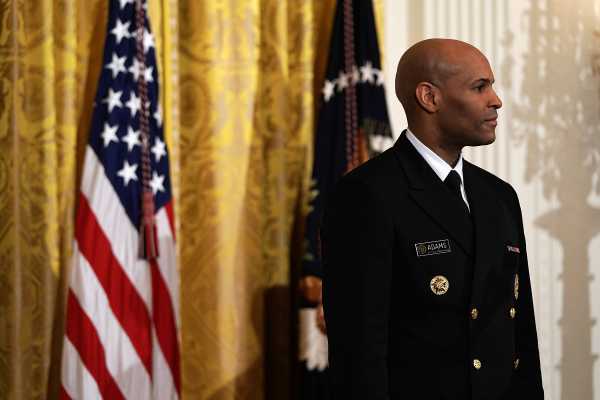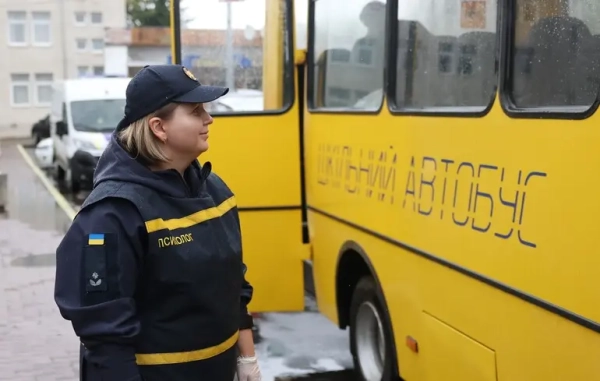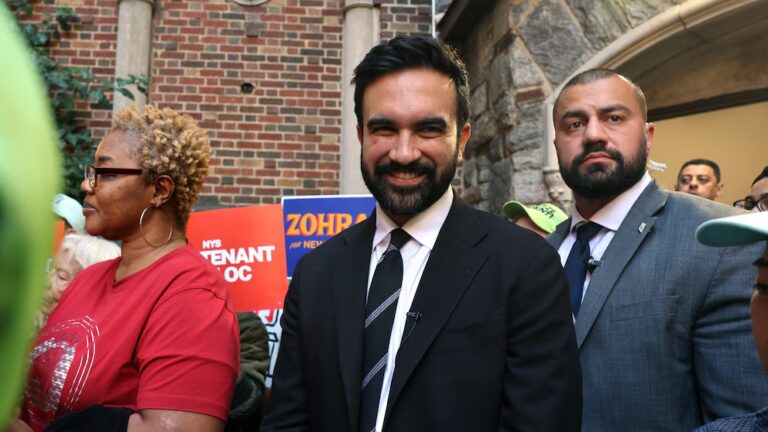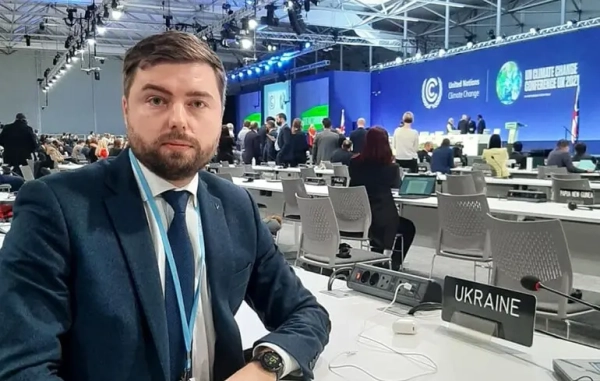
The chief doctor issued the first Advisory branch at 13 years of age — urging more people to carry the opioid overdose antidote naloxone.
Advisory surgeon Jerome Adams emphasizes “the importance of the overdose-reversing drug naloxone. Currently, for patients receiving high doses of opioids prescribed for pain, physical abuse the prescription opioids, individuals who use forbidden opioids, such as heroin or fentanyl, practitioners of health, family and friends of people who have opioid use disorder, and community members who come into contact with people at risk of opioid overdose, knowing how to use naloxone and keep it handy can save lives.”
The latest Advisory the doctor was released in 2005, with a focus on alcohol use during pregnancy.
Specialists in public health and government officials applauded the move, believing that access to naloxone can help to reverse more overdoses and save lives.
Help is desperately needed: the opioid epidemic is now the deadliest crisis of a drug overdose in U.S. history. Almost 64,000 people died from a drug overdose in the United States in 2016, and at least two-thirds of these deaths were associated with opioids, such as fentanyl, heroin and prescribed painkillers. Total mortality from drug overdose was higher than the number of deaths associated with guns, accidents, or HIV/AIDS during any one year in America. According to preliminary data from the centers for control and prevention (CDC), 2017 was even worse.
At the same time, there is a sense of skepticism of just how far the Advisory as it can go.
Dr. Leana Wen, Commissioner of health of Baltimore, saw some of this firsthand. In the past, naloxone, as a rule, requires a prescription. But in 2015, her office issued an order which effectively acted as a blanket prescription for the whole city of Baltimore.
It helped, but the main obstacles remain — in particular, the cost of naloxone. “Unfortunately, we have diet naloxone, because we just don’t have the resources to buy this life-saving antidote,” said Wen in a statement. “Every week we calculate the amounts we are left to make difficult decisions about who gets medication and who will have to go without.”
That is why those involved in the fight against the opioid epidemic claimed the Federal action to alleviate naloxone access. Moreover, while naloxone is an important tool in resolving the crisis, it is only one part of a broader puzzle.
Access to naloxone may be limited
There are two main obstacles for obtaining naloxone: it requires a prescription and is expensive.
State and local officials, like Wen, are working to weaken the prescription through standing orders and other policies that make naloxone available to emergency responders like police, friends and relatives of people with addiction, social groups, and so on. There is progress, but more remains to be done in this field — some Lawyers and experts would like to see a version of naloxone available over the counter, for example.
But the cost of naloxone, which are becoming more and more unsustainable. Depending on the type of product, naloxone can run in the tens, hundreds, or even thousands of dollars, partly as a result of cost increases for many years. It can make naloxone is very expensive for individuals and organizations, including police departments and groups, harm reduction, trying to obtain the drug. Manufacturers of the drug offer discounts and work with insurance companies to try to bring down the price, but especially for the broader governmental organizations and community groups, the price is still a big problem.
The Federal government can do more to reduce the cost. Wen argued that the feds “can either negotiate directly with the manufacturers of naloxone so that it is available at a very reduced rate, or they can provide direct, sustainable funding for local jurisdictions like ours, so that we can provide evidence-based, effective treatment. We are in the midst of a national epidemic. We should not be pushed out of the ability to preserve life.”
The Congress approved new funding for the opioid crisis, but experts and activists generally agree that this is not enough. The administration of President Donald trump, meanwhile, has done nothing significant on her end to bring down the price of naloxone.
This leaves those working in the opioid space with consultation of a General surgeon. Although this can be a useful tool to raise awareness, it just does not solve the underlying problem.
Naloxone is only part of the response to the opioid crisis
How Advisory surgeon helps, the naloxone can only go so far.
There is no empirical consensus about how many lives could have been saved with naloxone, if access has been greatly enhanced. But experts, as a rule, told me that although he can help, he can only be part of a more comprehensive response to the opioid crisis.
Fortunately, experts have a pretty good idea of what needs to be done: more therapy (especially using drugs like methadone and buprenorphine), more harm reduction (including increased access to naloxone), less analgesic medications (not drugs available to those who really need them), and strategies that can help to address the root causes of addiction (and mental health issues and socio-economic desperation).
This will require a lot more resources — potentially tens of billions of dollars a year for several years, some experts said. And it will require Congress to really think about the crisis and the gaps it exposed in how America systematically engaged in drug abuse.
For example, in 2016, the surgeon, the report says that about 10 percent of people in the USA with disorders related to drug use, to specialty treatment, attributing the low percentage of lack of supplies to care for. And even when treatment is available, other Federal data show that less than half of facilities that offer opioid drugs dependence as methadone and buprenorphine, which are considered the gold standard for the treatment and research shows that to reduce mortality among patients with opioid dependence by half or more.
Consider the reverse: what if, like an addiction, only 10 percent of people with diabetes or heart disease received treatment? It would be widely considered to be a public health disaster — and he would demand a huge reconstruction of the American approach to health care.
Some States are faced with this crisis, in fact, restore their system of substance abuse treatment. Vermont, for example, built a “hub and spokes” system that closely integrates addiction treatment with the rest of healthcare.
But VT managed to do it largely with Federal dollars. And this will be true for other States, which often have to deal with multiple priorities and cash-strapped budgets. That’s why they need support from the outside — and that is beyond the scope of naloxone.
Again, this is not that naloxone may not help. He is widely considered to be part of the solution.
Consultation of a General surgeon, is a step forward. But more needs to how America is really starting to wrap their hands around the most deadly epidemic of drug overdose in U.S. history.
Additional solutions to the opioid epidemic, read VOX’s explainer.
Sourse: vox.com






